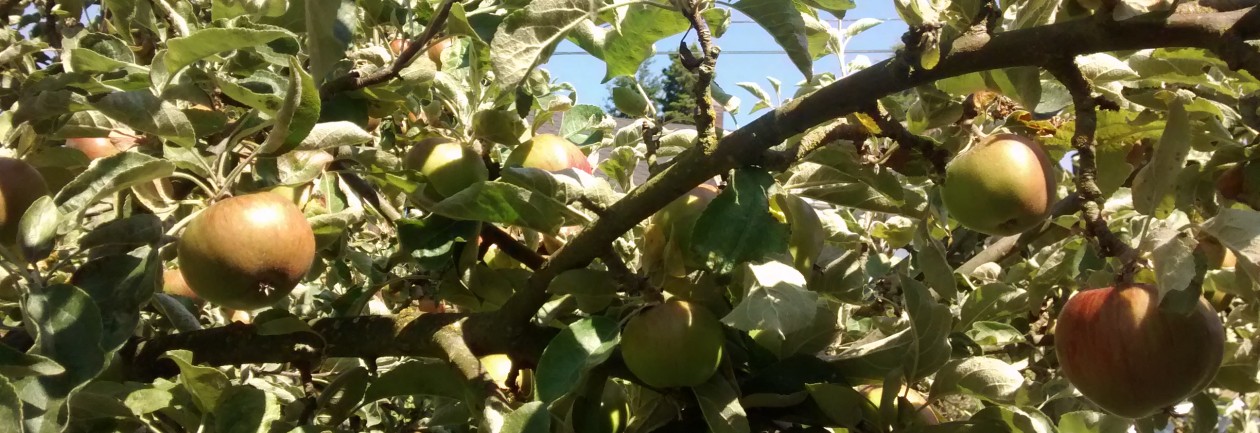Shmita finds expression in a number of places in the Bible, the first of which is Exodus 23:10-11. In this text, after a list of commands related explicitly to social justice, we find these words: “For six years you are to sow your land and to gather in its produce, but in the seventh, you are to let it go and let it be, that the needy of your people may eat, and what remains, the wildlife of the field shall eat. Do thus with your vineyard, with your olive-grove.”
That, in a nutshell, is shmita. A seven-year cycle is to govern agricultural practices, with the land lying fallow in the seventh year. The needy and the wildlife are particularly mentioned. Of course there is much more to it than this! The concept is re-introduced a number of times, each with new wrinkles and different emphasis. And therein lies the beauty of asking questions about it, “what?” questions, “why?” questions and of course, “how?” questions. It is these questions that I hope to explore in these pages over the coming months and years.
